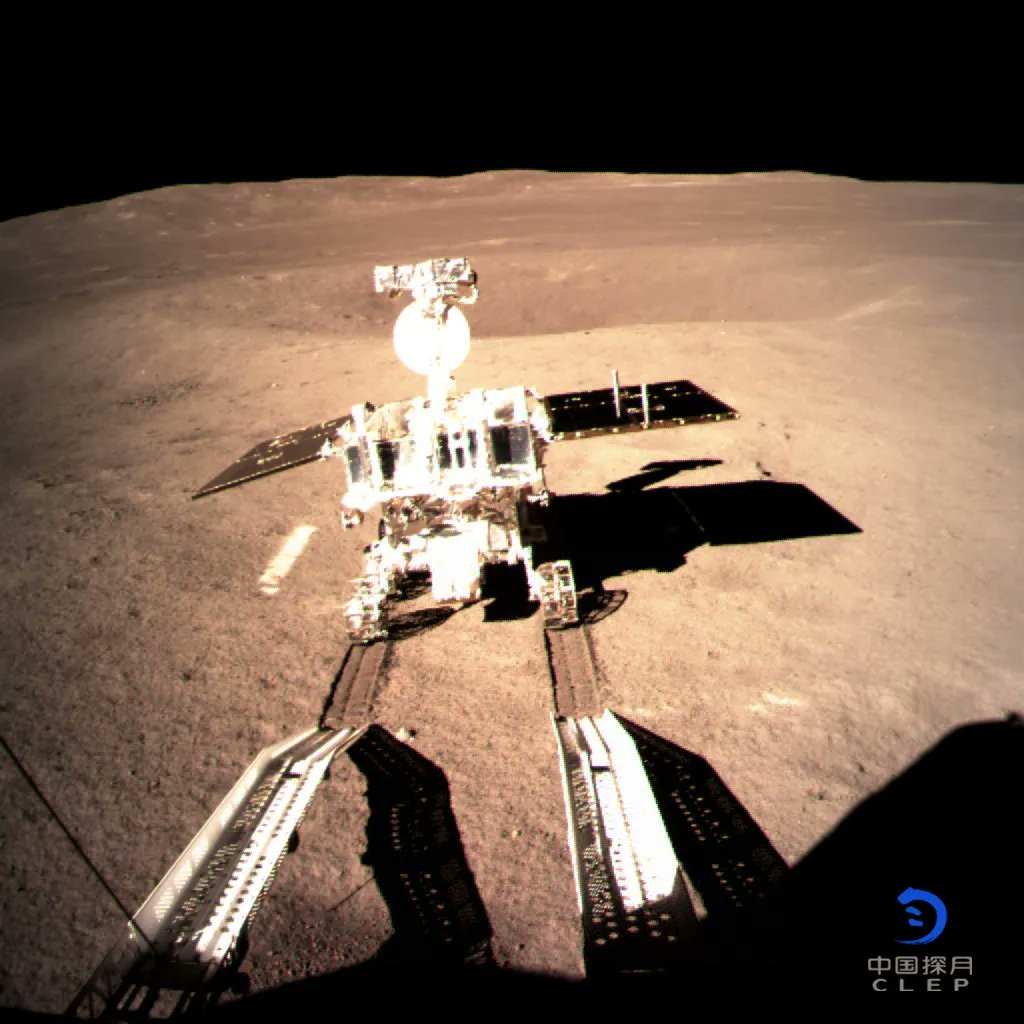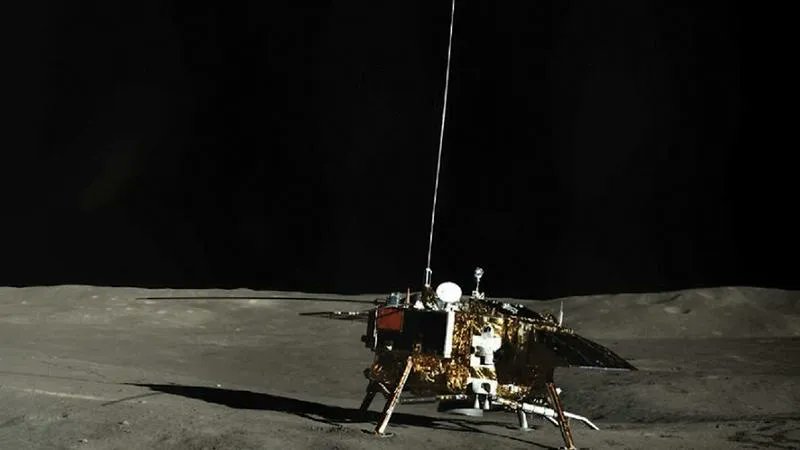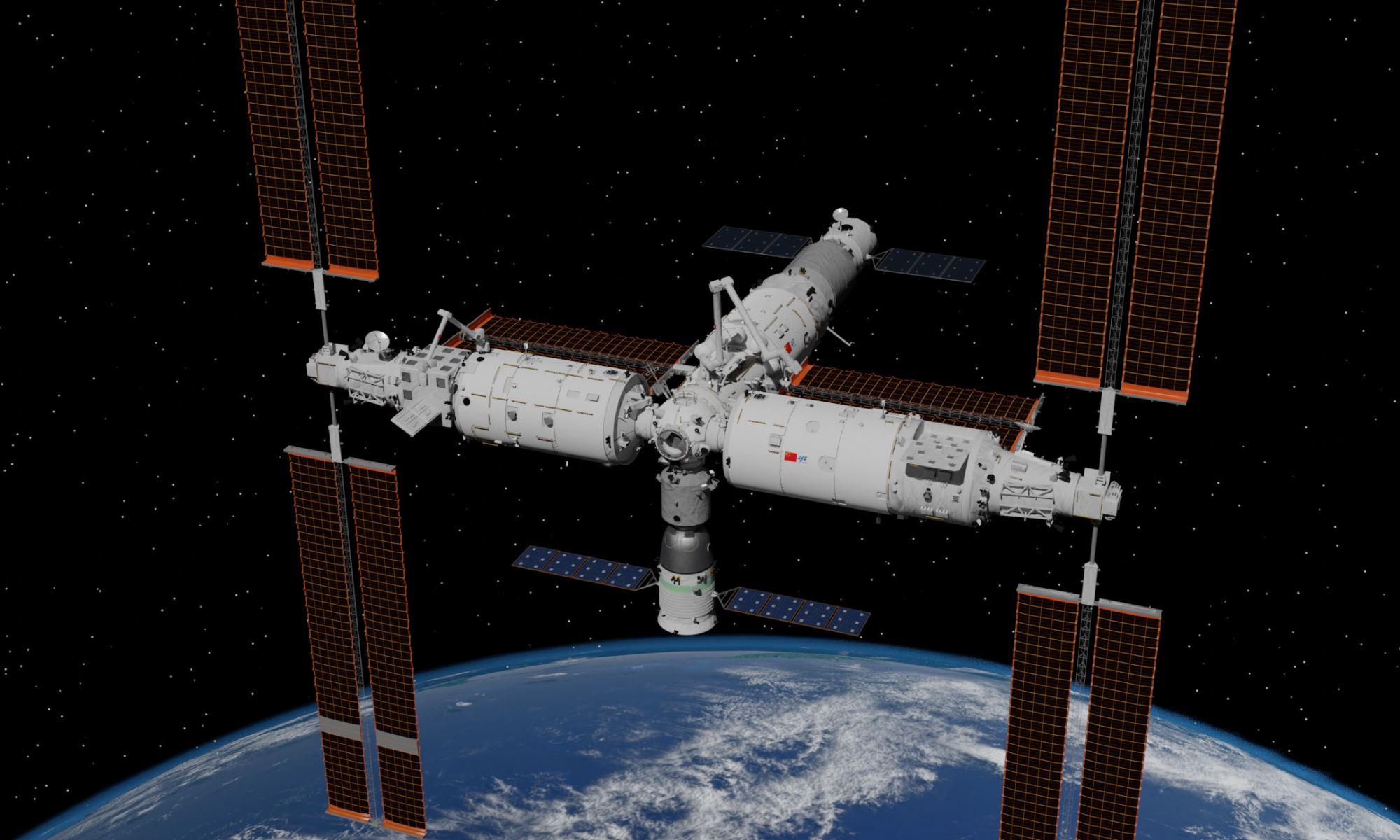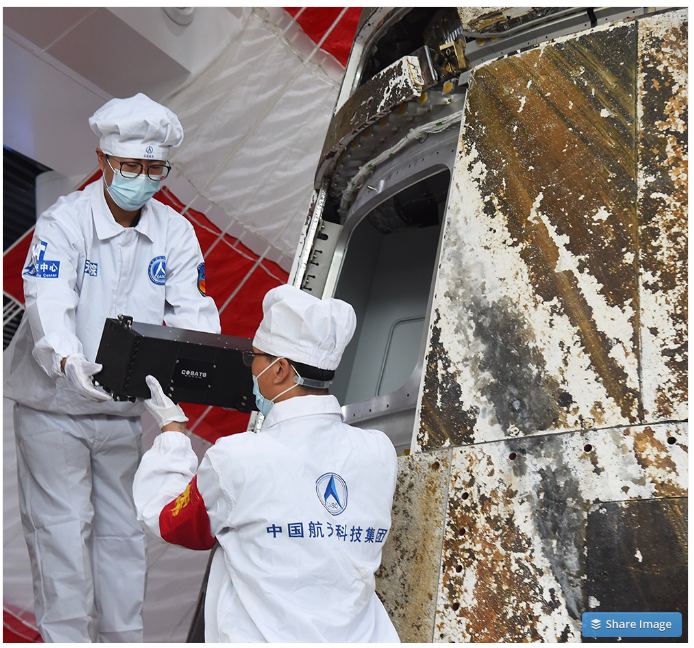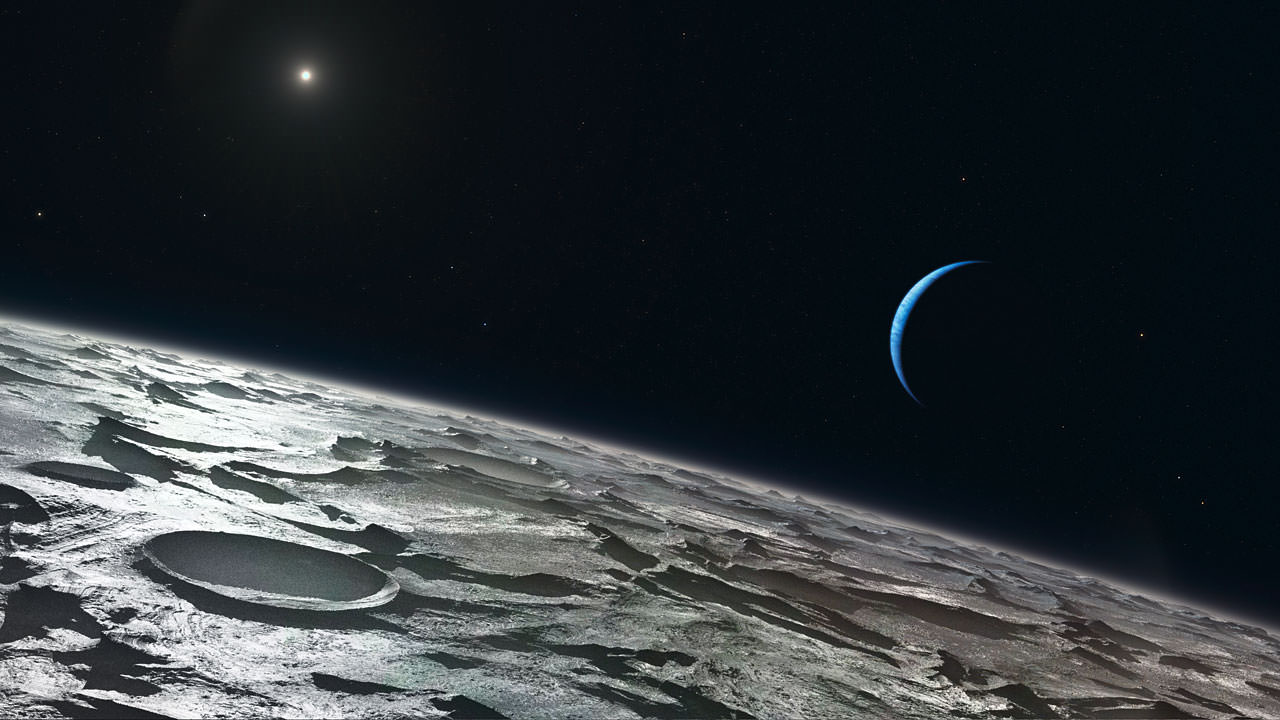The second Moon race is in full swing, with the world’s two big superpowers angling to score a new set of firsts on the lunar surface. NASA’s Artemis program recently clocked up its first success with the splashdown of Orion, but China is looking to take the lead when it comes to setting up a fully-fledged lunar research station. One of the first steps in that process – figuring out where to put it. That is what a new paper attempts to quantify, and it comes up with a practical solution – the south pole.
Continue reading “China is Considering Where to Build a Lunar Research Station”What’s Next for China’s Lunar Exploration Plans?
China is starting to become a force in space exploration. Its main focal point of lunar exploration has started bearing fruit, with several successes, including a sample return mission and the first-ever craft to land on the far side. So what’s next for the Lunar Exploration Program? Establishing a research base may be on the cards, but the country doesn’t just plan to stop at the Moon – they are looking far beyond.
Continue reading “What’s Next for China’s Lunar Exploration Plans?”China Launches Mengtian, the Last Major Module to its Space Station
On the afternoon of Monday, October 31st, 2022 (Halloween!), China launched the Mengtian laboratory cabin module into space, where it will join the Tiangong modular space station. This module, whose name translates to “Dreaming of the Heavens,” is the second laboratory and final addition to Tiangong (“Palace in the Sky”). This successful launch places China one step closer to completing its first long-term space station, roughly one-fifth the mass of the International Space Station (ISS) and comparable in size to Russia’s decommissioned Mir space station.
Continue reading “China Launches Mengtian, the Last Major Module to its Space Station”The Moon had Volcanoes More Recently Than Previously Believed

Fifty years ago, NASA and the Soviet space program conducted the first sample-return missions from the Moon. This included lunar rocks brought back to Earth by the Apollo astronauts and those obtained by robotic missions that were part of the Soviet Luna Program. The analysis of these rocks revealed a great deal about the Moon’s composition, formation, and geological history. In particular, scientists concluded that the rocks were formed from volcanic eruptions more than three billion years ago.
In recent years, there has been a resurgence in lunar exploration as NASA and other space agencies have sent robotic missions to the Moon (in preparation for crewed missions). For instance, China has sent multiple orbiters, landers, and rovers to the Moon as part of the Chang’e program, including sample-return missions. A new study led by planetary scientists from the Chinese Academy of Sciences (CAS) analyzed samples obtained by the Chang’e-5 rover dated to two billion years ago. Their research could provide valuable insight into how young volcanism shaped the lunar surface.
Continue reading “The Moon had Volcanoes More Recently Than Previously Believed”Chinese Companies are Planning to Offer Space Tourism Flights by 2025

One of the more famous features of Space Age 2.0 is the rise of the commercial space industry, also known as “NewSpace.” While the space agencies of the world plan to send astronauts back to the Moon (this time, to stay), crewed missions to Mars, and robotic missions to every corner of the Solar System, NewSpace companies are offering cost-effective launch services, sending commercial astronauts to space, and commercializing Low Earth Orbit (LEO). There’s also the prospect of space tourism, with companies like Virgin Galactic, Blue Origin, and SpaceX offering suborbital flights, trips to LEO, and beyond!
China, one of the fastest-growing nations in space, is looking to offer commercial flights to suborbital space. According to senior rocket scientists Yang Yiqiang, who spoke to the state-run China Global Television Network (CGTN), China will send its first group of commercial passengers on a spaceflight, with ticket prices ranging between $287,200 to $430,800 (2 to 3 million yuan). While China is a relative newcomer to the commercial space scene, this announcement signals its intent to catch up to companies based in the U.S. and other space competitors.
Continue reading “Chinese Companies are Planning to Offer Space Tourism Flights by 2025”Chinese Astronauts Successfully Grow Rice in Space
Rice is one of the world’s staple crops. It is regularly eaten by more than half the world’s population. And now, it’s been grown in microgravity, on board the newly launched Chinese Wentian space laboratory.
Wentian launched in July and joined up with the Tianhe module of China’s new space station. Its original complement of eight experiments included one that attempted to grow rice in microgravity.
Continue reading “Chinese Astronauts Successfully Grow Rice in Space”China’s Long March Rocket Booster Makes Uncontrolled Reentry Back to Earth
A Chinese Long March 5B rocket first stage made an uncontrolled, fiery reentry through Earth’s atmosphere over Southeast Asia today (Saturday), six days it launched a new science module to China’s Tiangong space station. While the eventual return of the booster was known, China made the decision to let it fall uncontrolled. They also did not share any tracking data, and the large size of the rocket stage drew concern about fragments possibly causing damage or casualties.
The US Space Command confirmed reentry of the debris from the roughly 30-meter-long core (100 ft.) stage of the Long March 5B occurred at 12:45 p.m. Eastern time (1645 UTC) on July 30, 2022 over the Indian Ocean.
Continue reading “China’s Long March Rocket Booster Makes Uncontrolled Reentry Back to Earth”China has Added a Science Module to its New Space Station
China has expanded their research capabilities on the Tiangong 3 space station by adding a science module, named Wentian. The new laboratory launched from the Wenchang launch center on July 23 and the module docked to the space station on July 25. China’s Manned Space Agency (CMSA) says the astronauts on board will soon be able to conduct experiments in microgravity and life sciences.
Continue reading “China has Added a Science Module to its New Space Station”China is Considering a Nuclear-Powered Mission to Neptune
One look at the Planetary Decadal Survey for 2023 – 2032, and you will see some bold and cutting-edge mission proposals for the coming decade. Examples include a Uranus Orbiter and Probe (UOP) that would study Uranus’ interior, atmosphere, magnetosphere, satellites, and rings; and an Enceladus orbiter and surface lander to study the active plumes emanating from Enceladus’ southern polar region. Not to be outdone, China is also considering a nuclear-powered Neptune Explorer to explore the ice giant, its largest moon (Triton), and its other satellites and rings.
The mission was the subject of a study conducted by researchers from the China National Space Agency (CNSA), the Chinese Academy of Sciences (CAS), the China Atomic Energy Authority, the China Academy of Space Technology, and multiple universities and institutes. The paper that describes their findings (published in the journal Scientia Sinica Technologica) was led by Guobin Yu, a researcher with the School of Astronautics at Beihang University and the Department of Science and Technology and Quality at the CNSA.
Continue reading “China is Considering a Nuclear-Powered Mission to Neptune”A new LEGO Spacecraft to Vote for: China's Long March 5 With the Tianwen-1 That Flew to Mars
Two Lego designers with a history of space-themed projects have teamed up for a new proposed set: China’s Long March CZ-5 and Tianwen-1 Mission. The set is currently gathering supporters on the LEGO Ideas website. If it gets enough support, LEGO will review it and possibly create it.
Continue reading “A new LEGO Spacecraft to Vote for: China's Long March 5 With the Tianwen-1 That Flew to Mars”
